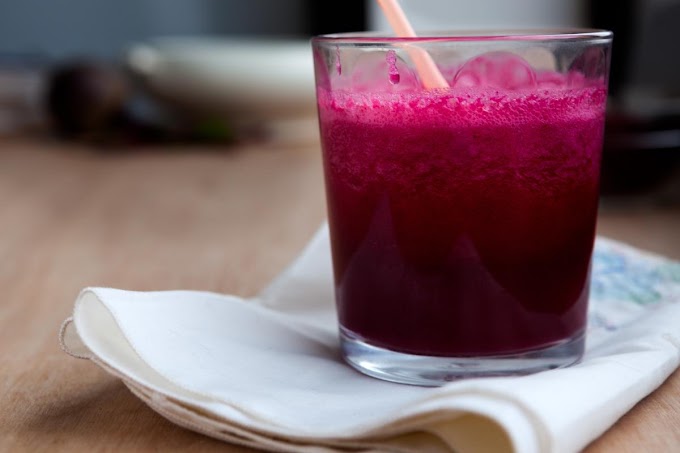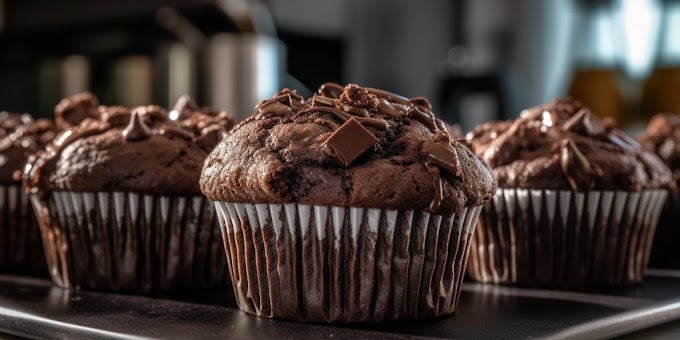Understanding the Basics of Fried Chicken Batter
Before we dive into the recipe, it's important to understand the role that batter plays in the frying process. The batter serves as a protective coating around the chicken, creating a barrier between the hot oil and the meat. This helps to prevent the chicken from drying out while ensuring an even cook and a crispy exterior. Additionally, the batter can be infused with various seasonings and ingredients to add flavor and texture to the final product.
The Essential Ingredients
To make a basic batter for fried chicken, you'll need the following ingredients:
Flour: All-purpose flour is the foundation of the batter. It provides structure and helps to create that classic crispy coating.
Cornstarch: Adding cornstarch to the flour helps to lighten the batter and make it extra crispy.
Baking Powder: This leavening agent ensures that the batter puffs up slightly, giving the chicken a light and airy texture.
Seasonings: Salt, pepper, garlic powder, onion powder, and paprika are common seasonings that add flavor to the batter. Feel free to experiment with other spices based on your taste preferences.
Liquid: Buttermilk, water, or a combination of both is used to create the batter's consistency. Buttermilk adds tanginess and tenderizes the chicken, while water provides a neutral base.
Egg: Beaten eggs are often included in the batter to help it adhere to the chicken and create a richer crust.
Step-by-Step Guide to Making the Batter
Now that you have your ingredients ready, let's go through the process of making the batter:
1. Prepare the Chicken
Before you start making the batter, it's essential to prepare the chicken. Whether you're using drumsticks, thighs, wings, or breasts, make sure the chicken pieces are clean and dry. Pat them with paper towels to remove any excess moisture, as this will help the batter adhere better.
If you prefer a more flavorful chicken, you can marinate the pieces in buttermilk for a few hours or overnight. This step is optional but highly recommended, as it tenderizes the meat and adds a subtle tangy flavor.
2. Mix the Dry Ingredients
In a large mixing bowl, combine the flour, cornstarch, baking powder, and seasonings. The ratio of flour to cornstarch should be about 2:1, with approximately 2 cups of flour and 1 cup of cornstarch. Add about 1 tablespoon of baking powder, 1 teaspoon of salt, 1/2 teaspoon of black pepper, 1/2 teaspoon of garlic powder, 1/2 teaspoon of onion powder, and 1/2 teaspoon of paprika. Whisk the dry ingredients together until they are well combined.
3. Prepare the Liquid Mixture
In a separate bowl, whisk together the liquid ingredients. If you're using buttermilk, you can use it on its own or dilute it with water. For a richer batter, add a beaten egg to the liquid mixture. This will help create a thicker coating on the chicken. If you prefer a lighter batter, you can skip the egg and use water or buttermilk alone.
4. Combine the Dry and Liquid Ingredients
Slowly pour the liquid mixture into the dry ingredients while whisking continuously. The goal is to create a smooth, thick batter that can easily coat the chicken. If the batter is too thick, add a little more water or buttermilk until you reach the desired consistency. If it's too thin, add a bit more flour. The batter should be thick enough to cling to the chicken but not so thick that it forms clumps.
5. Coat the Chicken
Once your batter is ready, it's time to coat the chicken. Dip each piece of chicken into the batter, ensuring it is fully covered. Allow any excess batter to drip off before placing the chicken on a wire rack or a plate lined with parchment paper. This step is crucial, as it prevents the batter from becoming too thick and heavy during frying.
6. Fry the Chicken
Heat oil in a deep fryer or a large, heavy-bottomed pot to 350°F (175°C). It's important to maintain this temperature throughout the frying process, as it ensures the chicken cooks evenly and the batter becomes crispy without absorbing too much oil.
Carefully lower the battered chicken into the hot oil, frying a few pieces at a time to avoid overcrowding the pot. Fry the chicken for about 12-15 minutes, turning occasionally, until it is golden brown and cooked through. The internal temperature of the chicken should reach 165°F (74°C) when fully cooked.
7. Drain and Serve
Once the chicken is done frying, use tongs to remove it from the oil and place it on a wire rack or a plate lined with paper towels. This allows any excess oil to drain off, ensuring the chicken remains crispy. Let the chicken rest for a few minutes before serving to allow the juices to redistribute.
Tips for Perfect Fried Chicken
Temperature Control: Maintaining the oil temperature is key to achieving crispy fried chicken. Use a thermometer to monitor the oil and adjust the heat as needed.
Double Dipping: For an extra-crispy coating, you can dip the chicken in the batter twice, allowing it to rest briefly between dips. This creates a thicker crust.
Seasoning Layers: Don't be afraid to season the chicken itself before battering. A little salt and pepper on the chicken pieces can enhance the overall flavor.
Resting Time: After frying, let the chicken rest on a wire rack for a few minutes. This helps to set the crust and keeps the chicken juicy.
Conclusion
Making the perfect batter for fried chicken is an art that requires practice, patience, and attention to detail. By following the steps outlined in this guide and experimenting with different seasonings and ingredients, you can create fried chicken that is crispy on the outside, tender on the inside, and bursting with flavor. Whether you're cooking for a family dinner or a special occasion, homemade fried chicken is sure to be a hit with everyone at the table. So, roll up your sleeves, grab your ingredients, and get ready to fry up some delicious chicken!








Social Plugin